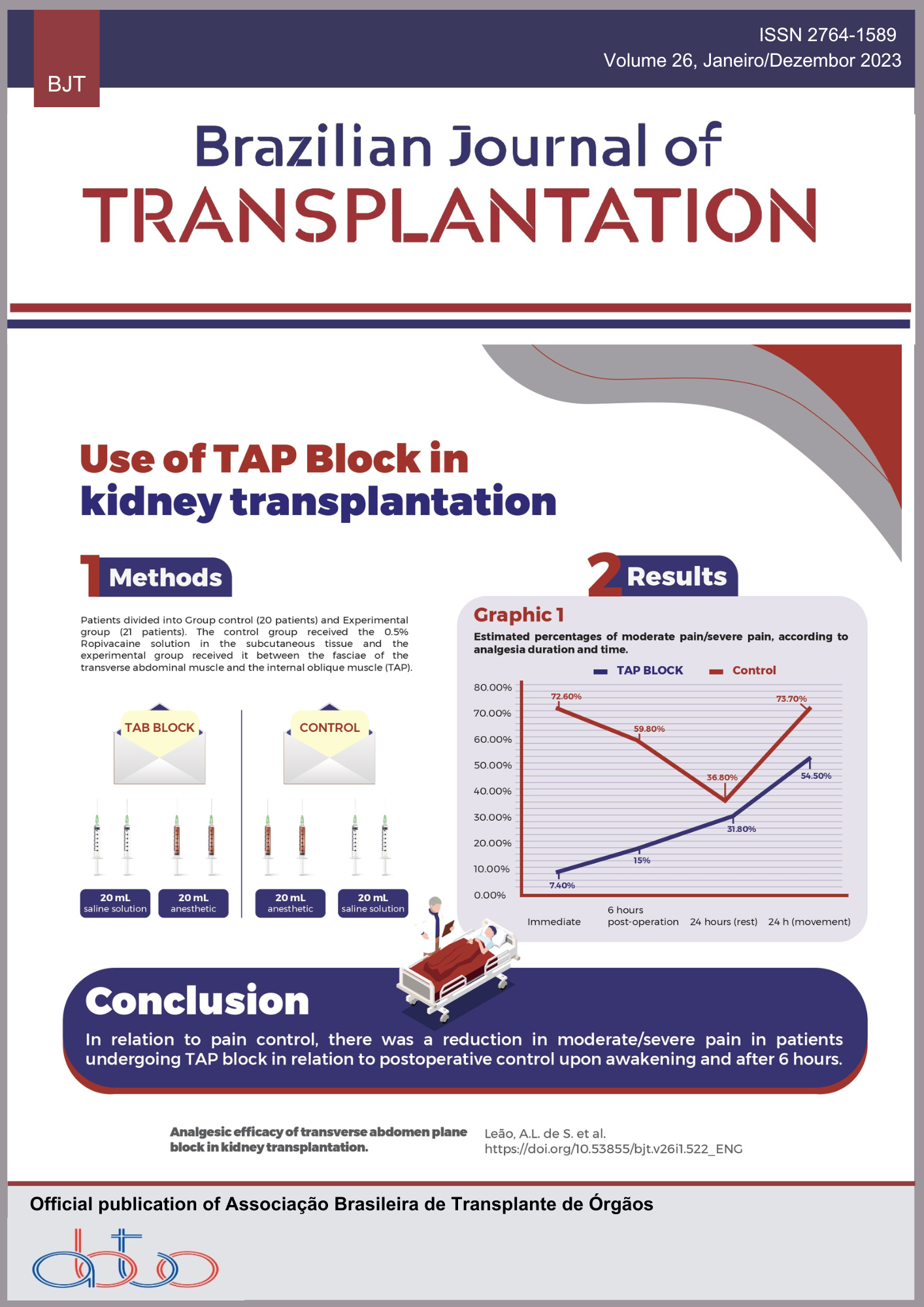Women After Solid Organ Transplantation: An Overview of Gynecological Health
Keywords:
Transplantation, Women, Primary prevention, Gynaecological malignancies, ContraceptionAbstract
The increase in survival after transplantation and the growth of the female organ recipient population underscore the importance of carefully considering the reproductive and gynecological health of these women. One of the main concerns is the increased risk of cancer after transplantation, partly attributed to the use of immunosuppressive therapy. Gynecological cancers with a high association with viral infections, such as cervical cancer, should receive specific care and screening, especially among younger women. Additionally, the preventable nature of cervical cancer makes vaccination mandatory before undergoing transplantation. Breast cancer, another gynecological cancer of special interest due to its high prevalence, should be screened in the transplant population following guidelines for the general population. Fertility and family planning are also important considerations, as most women experience the return of ovulation and menstruation after transplantation. Contraception strategies, such as reversible long-acting methods, are recommended due to their effectiveness and low failure rate. The use of hormonal contraceptives and immunosuppressants should also be evaluated, emphasizing the need to carefully monitor potential drug interactions. An integrated approach to the gynecological health of women after solid organ transplantation enables better outcomes for both graft health and the gynecological health of the woman, resulting in improved outcomes for the patient. Ongoing follow-up, careful surveillance, cancer prevention, and effective management of fertility and contraception are crucial to ensure their quality of life and well-being.
Downloads
Downloads
Published
How to Cite
Issue
Section
License
Copyright (c) 2023 Cássia Raquel Teatin Juliato, José Paulo Guida, Fernanda Surita

This work is licensed under a Creative Commons Attribution 4.0 International License.









